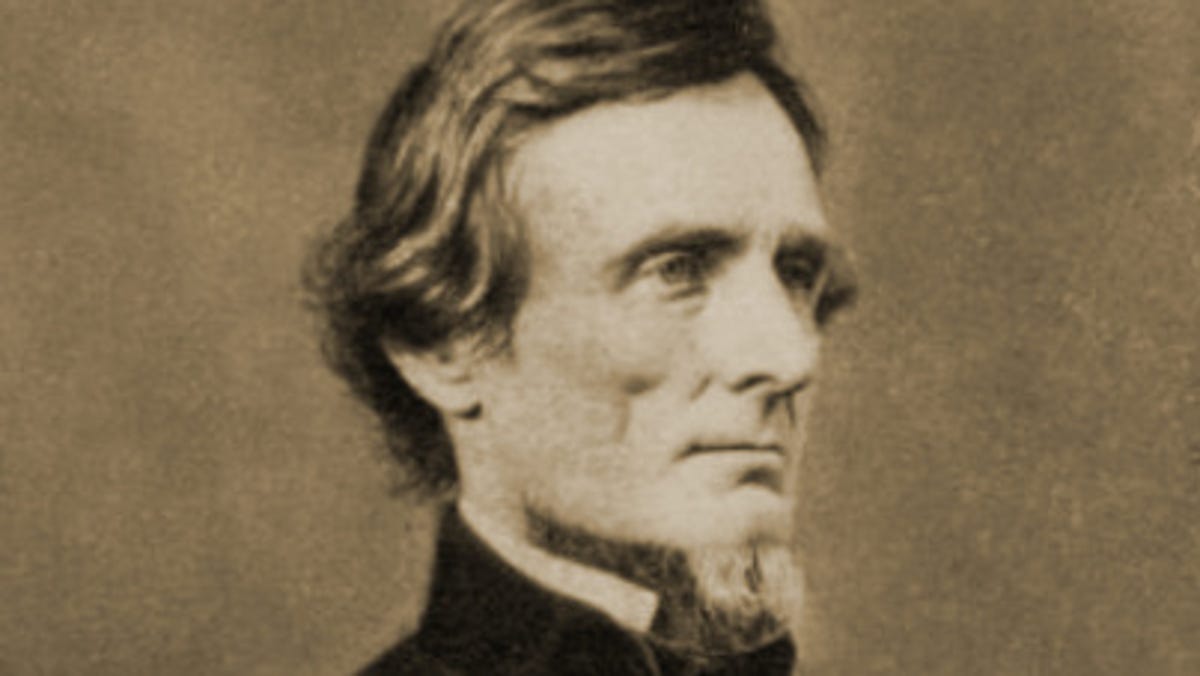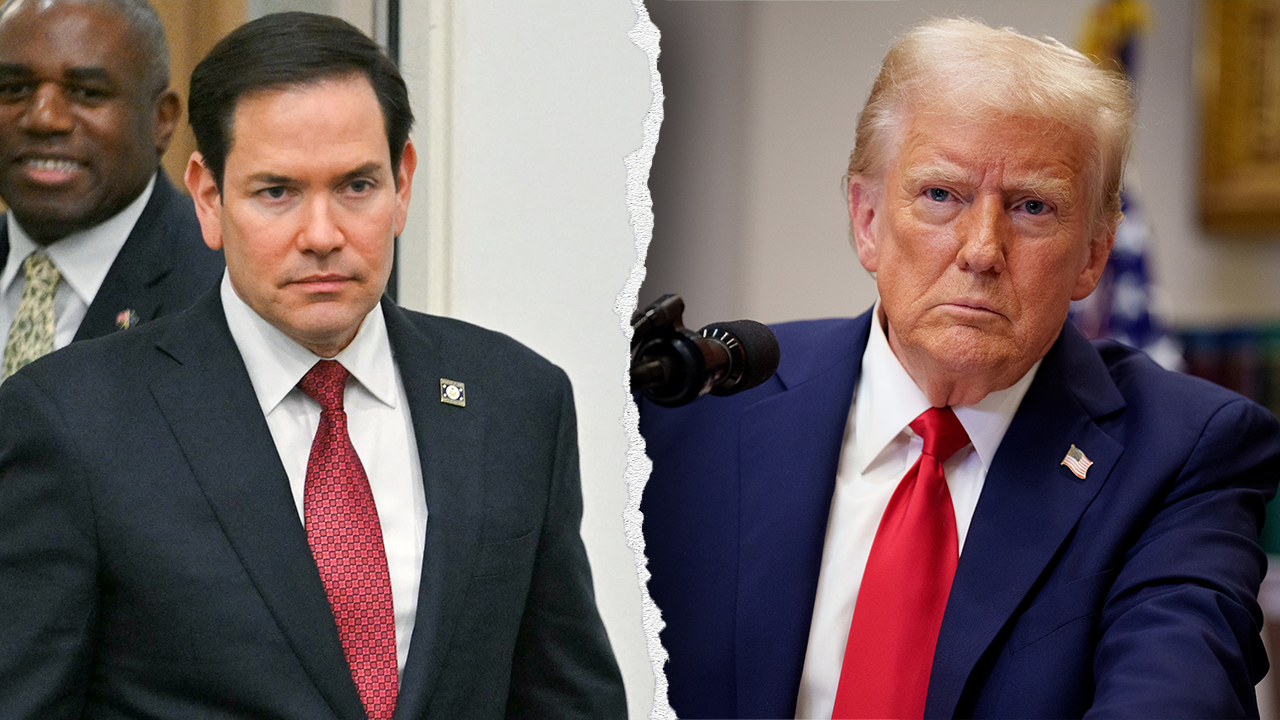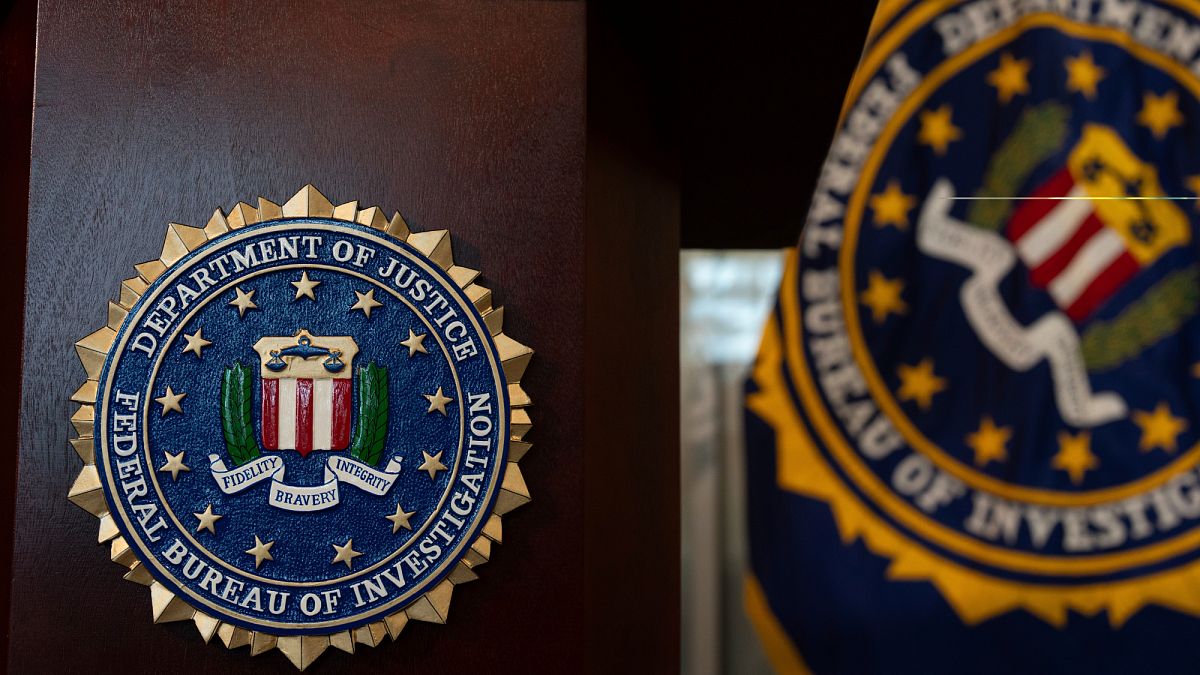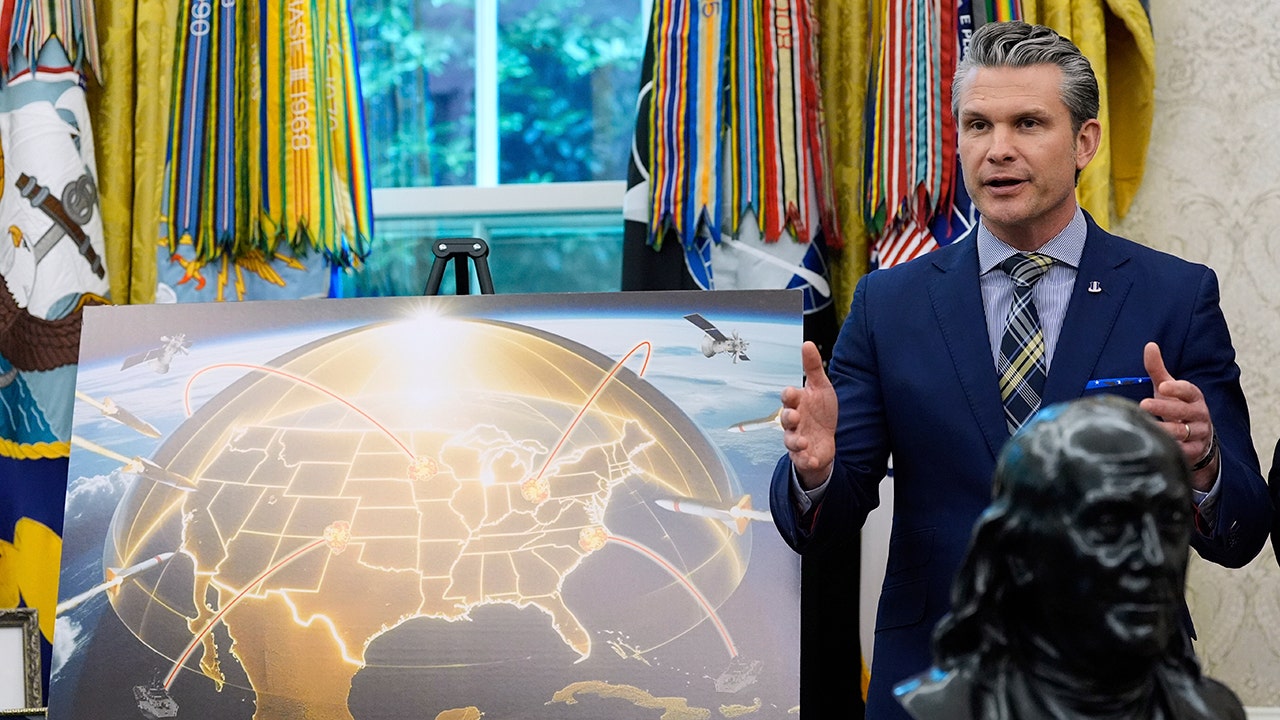Alaska
Hopeful news for Yukon River salmon fisheries while kings remain under goals
/cloudfront-us-east-1.images.arcpublishing.com/gray/JWYGKQHIIFBXPJNIJTSNB2OATA.jpg)
ANCHORAGE, Alaska (KTUU) – Subsistence fishing for chum salmon on the Yukon River has opened because of positive projections for the run reaching escapement goals, the Alaska Department of Fish and Game said.
King salmon remains under escapement goal ranges, though, and now that the run is past its peak, it is unlikely the king salmon fishery in the Yukon will open this season.
“It just shows that we’re not out of the clear yet,” Yukon River Drainage Fisheries Association Executive Director Serena Fitka said. “We’re still sticking around those trends. I mean, there’s chinook salmon will hopefully, hopefully, there’ll be a late run, a bigger run. So I guess we’ll see,”
As of Saturday, 30,210 chinook salmon have passed the Pilot Station Sonar project. Last year, by the same date, 33,560 had crossed and 161,663 had crossed by the same date in 2019, said ADF&G. Meanwhile, 355,788 chum salmon have crossed the same project since Saturday, 217,598 had crossed by the same day last year, and 622,670 had crossed by this point in 2019. While people fish for chum salmon near the Yukon River’s entrance, Fitka said she wishes there were similar opportunities further upstream.
“After you pass Tanana River, many of those communities don’t have the opportunity to fish chum salmon,” she said. “It’s kind of a very hard decision for the managers to make when it comes to that spread.”
When asked about the possibility of hatcheries being used to bolster king salmon numbers, Fitka said it’s possible and has been discussed by organizations in the area. In response to the numbers, Fitka talked about the possibility of hatchery restoration, or new hatcheries, to bolster populations.
“A lot of people need to understand there’s different types of hatcheries in restoration,” Fitka said. “There’s large scale, small scale, so really providing that education around that is much needed, and I believe right now, we’re at that point. However, from past meetings, our board has never agreed to a large-scale hatchery on the Yukon River.”
The Yukon River is so long, Fitka said, it would be hard to decide where the best location would be for a hatchery to be established.
Copyright 2023 KTUU. All rights reserved.

Alaska
An audio postcard celebrating the work of Alaska’s maritime professionals

National Maritime Day is May 22. It’s a small but important holiday recognizing the hard work that goes into a career at sea. Alaska is home to thousands of mariners, including fishermen, navigators, maintenance specialists and law enforcement.
KUCB’s Andy Lusk linked up with some local maritime professionals to hear about their experiences in the industry. This audio postcard features some of those interviews.
Thank you to those who interviewed for this story:
Karoly “Charlie” Gaspar
Timothy Davis
Steve White
David Arzt
Phillip Thorne
Alaska
Opinion: Thanks to Alaska lawmakers for supporting public education
Dear members of the Alaska Legislature,
On behalf of the Anchorage School District, we offer our heartfelt thanks for your leadership in overriding the governor’s veto of House Bill 57.
We deeply appreciate and commend the bipartisan action — a powerful, united stand that reflects not only a shared commitment to sound education policy, but also to protecting Alaska’s students, supporting their future, and upholding the strength of our public schools. Your willingness to rise above partisanship in service of our students is leadership at its best.
Securing the 46 votes needed to override the veto was no small feat. Each of you came together to make a resounding commitment to public education. We are grateful for this historic vote — a result of more than a year of conversation, advocacy, and careful negotiation. The $700 increase to the Base Student Allocation represents the largest permanent increase in Alaska’s history, accompanied by high-impact policy reforms that were thoughtfully shaped with input from educators and communities across the state. This legislation is much more than a funding bill — it’s a promise to Alaska’s students, and we are profoundly thankful to the legislators who worked across party lines to make it a reality.
[News coverage: Alaska lawmakers override Dunleavy’s veto of education bill]
We are also deeply grateful to the students, families, educators and community members who raised their voices in support of the override. Their advocacy was essential in moving this legislation forward and ensuring lawmakers heard the collective call for change.
Because of your leadership, ASD has started the process of restoring critical services and hiring teachers for the next school year. Though the threat of a veto to the education appropriation still looms, ASD is committed to moving forward, albeit cautiously, in service of our students and families. We understand that the decisions ahead will be difficult. As you work to develop and implement the sustainable, long-term fiscal plan our state urgently needs — one that ensures funding for the essential services Alaskans rely on — your commitment to bold action gives us hope.
We are proud to stand with you in support of strong, stable, and fully funded public education across Alaska.
Jharrett Bryantt is superintendent of the Anchorage School District.
Carl Jacobs is president of the Anchorage School Board.
• • •
The views expressed here are the writer’s and are not necessarily endorsed by the Anchorage Daily News, which welcomes a broad range of viewpoints. To submit a piece for consideration, email commentary(at)adn.com. Send submissions shorter than 200 words to letters@adn.com or click here to submit via any web browser. Read our full guidelines for letters and commentaries here.
Alaska
Gov. Dunleavy promised a fiscal plan. Alaska lawmakers aren’t so sure.
JUNEAU — On what would have been the 121st day of the first regular session of Alaska’s 34th Legislature, the co-chair of the House Finance Committee was wearing a Hawaiian shirt and piling paperwork into boxes.
Lawmakers had successfully adjourned on Tuesday, a day ahead of the constitutional deadline for the end of the first regular session, surprising even themselves after last year’s session ended one hour after the constitutional deadline.
“Yesterday was odd because we adjourned at 2 in the afternoon, and people started celebrating, but it’s like — ‘Wow, it’s daylight,’” Rep. Andy Josephson, D-Anchorage, said from his office Wednesday.
Lawmakers attributed their efficient passage of the budget and the relatively peaceful end of the session in part to the fact that the House and Senate are led by ideologically aligned majorities — something that hasn’t happened since 2016.
“We meet regularly and pretty much are in agreement. So that’s been one of the greatest things this whole session, I think, is the closeness we‘ve had with the House majority,” said Senate President Gary Stevens.
The broad agreement between the House and Senate — which allowed legislators to pass a budget plan and adjourn around 1:30 p.m. Tuesday — stands in contrast to lawmakers’ deepening divisions with Gov. Mike Dunleavy.
Dunleavy’s discord with the Legislature was in stark relief when lawmakers overrode his veto of an education bill Tuesday morning, just hours before adjourning. It was the first time in more than 15 years that lawmakers had mustered the votes to override a governor’s veto.
The fissure between lawmakers and the executive extends beyond education policy, and it has increasingly been playing out openly in the halls of the Capitol, after several years in which Dunleavy repeatedly vetoed bipartisan bills and budget items and left lawmakers to debate contentious plans to address Alaska’s ongoing fiscal crisis without his involvement.
Now in his seventh and penultimate year as governor, Dunleavy is calling lawmakers to work with his administration on a fiscal plan based on a legislative package that he will introduce in the coming months.
“I’ve said to the Legislature, not just this year, but years past, let’s get together and put together a long-term, sustainable approach to fiscals, sideboards, growing the economy in Alaska, competing with other states for investments, and I’m going to actually put together a package for that in the coming year,” Dunleavy said in a press conference Monday.
Dunleavy did not immediately provide details on what elements his fiscal plan would include. The announcement was met with some skepticism by legislative leaders, who said they wanted assurances from the governor that he would be directly involved in the talks.
“The administration has failed to invest early on, politically and intellectually, in overall fiscal policy,” said Josephson. “As a consequence, we‘re just standing in place.”
Dunleavy has not agreed to an interview with the Daily News, despite dozens of requests, since 2022. He declined another request Wednesday.
Dunleavy’s new call for a fiscal working group comes after lawmakers convened one in 2021 that failed to yield significant legislative changes.
To pay for basic state services that Alaskans have come to expect — like schools, troopers, roads and prisons — and still pay an annual Permanent Fund dividend, would require hundreds of millions of dollars more in dependable annual revenue than the state is currently bringing in, lawmakers have said.
Sen. Lyman Hoffman, a Bethel Democrat who has served in the Legislature for more than 38 years, said in February that Alaska is “probably facing its largest fiscal problem in 30 years.”
In response, the Senate majority took the lead this year in advancing three revenue measures that they say will help begin to address the state‘s structural deficit — one to tax online enterprises, most of which are based outside the state; one to impose corporate income tax on privately held oil companies; and one to reduce the per-barrel oil tax credits. Only the first was adopted by the Legislature this year, while the other two are poised for consideration when lawmakers reconvene in January.
But Dunleavy has said he will oppose those stand-alone revenue measures, despite the fact that his own revenue commissioner told lawmakers in 2021 that he would support those measures as part of a broader fiscal plan. (The governor’s office has since disavowed the commissioner’s statements.)
Leaders in the House and Senate say they are open to hearing what the governor is proposing, but Dunleavy’s ideas — coming in the final year of his governorship — may be too little, too late for lawmakers who have for months been asking Dunleavy to be more involved in their fiscal negotiations.
“This is his legacy at stake,” said Sen. Bill Wielechowski, an Anchorage Democrat who has taken the lead in crafting some of the Senate‘s revenue proposals.
Dunleavy “is on the verge of being, categorically, without question, the worst governor in the history of our state,” Wielechowski added. “If he wants that to be his legacy, that’s his choice. If he wants his legacy to be that he ran on a full PFD and now the PFD is on the verge of disappearing, and he ran as the education governor and now our schools are in shambles, that will be his legacy. It is up to him how he wants to approach the upcoming vetoes and his last year in office.”
Dunleavy began his tenure as governor promising Alaskans that he would deliver statutory dividends by slashing funding for state services. Facing unprecedented pushback, Dunleavy changed tack, calling instead for a fiscal plan predicated on new revenue measures and sideboards on how that revenue could be used.
Dunleavy called several special sessions in 2021 that yielded minimal results. At the time, Dunleavy unveiled a new dividend formula, which he has since abandoned. In 2023, Dunleavy decided against calling lawmakers into a special session amid divisions between the House and Senate leadership.
During his tenure, Dunleavy repeatedly backed off the revenue measures he promised. A plan to create a statewide lottery was abandoned early in his tenure. A statewide sales tax was promised in 2023 but never materialized. A carbon sequestration measure was introduced in 2023, but has not yet yielded the billions of dollars in revenue that Dunleavy initially touted.
Dunleavy began this year by introducing a 10-year plan that projected $12 billion in new state debt by 2035, starting with a $1.5 billion deficit for the coming fiscal year. Asked in December about his vision for balancing the budget in the long term, Dunleavy made no indication that a fiscal plan would be introduced by his administration. Instead, he said he would look to the Legislature for ideas.
In the following months, Senate majority members doubled down on their efforts to both balance the coming year’s budget and to introduce revenue measures that they thought could be palatable to the governor.
“The Senate has been working quite a bit on revenue issues,” said Stevens. “The hope is that as time passes, there‘ll be support for additional revenue that solves a lot of the problems we are facing right now.”
The three revenue measures ultimately introduced in the Senate were taken from a list presented by Dunleavy’s former Revenue Commissioner Lucinda Mahoney in August 2021.
That list included reducing the per-barrel tax credit; requiring all oil and gas companies to pay corporate income tax (eliminating a loophole that exempts Hilcorp from the tax); implementing a statewide sales tax; establishing legalized gambling in Alaska; implementing a tax on businesses that operate online, also called the “internet tax bill”; monetizing carbon offsets; and increasing motor fuel taxes, among other ideas.
“If the Legislature supports these measures, these are revenue measures that the governor supports as well,” Mahoney told lawmakers in August 2021. She resigned a year later, and Dunleavy has since distanced himself from some of the proposals, including the sales tax idea.
Dunleavy spokesperson Jeff Turner said earlier this year in an email that Mahoney “misspoke when she said the governor is willing to introduce a tax credit bill. That was not the governor’s plan.”
That has left lawmakers with limited willingness to take on politically risky revenue proposals — knowing that their efforts could be thwarted by Dunleavy’s veto pen.
“Unless the governor personally gets involved, but more importantly, puts political capital into making some hard choice, the whole thing will be for naught,” House Speaker Bryce Edgmon said Tuesday, shortly after the House adjourned.
Dunleavy on Monday promised to heed lawmakers’ request that he be actively involved in fiscal plan negotiations, but he also made light of the idea that his presence was necessary.
“I’ll be in the room. I’m willing to come in with a package, but there‘s also got to be agreement on sideboards, which is difficult for some folks,” Dunleavy said. Then he added, “I’m not the 61st legislator — Big Daddy, or whatever they want to call somebody — I am an executive. I’ve got a state to run. It’s a big state, so I can’t be here all the time.”
-

 Education1 week ago
Education1 week agoVideo: Opinion | We Study Fascism, and We’re Leaving the U.S.
-

 Technology1 week ago
Technology1 week agoLove, Death, and Robots keeps a good thing going in volume 4
-

 News1 week ago
News1 week agoAs Harvard Battles Trump, Its President Will Take a 25% Pay Cut
-

 News1 week ago
News1 week agoMenendez Brothers Resentenced to Life With Parole, Paving Way for Freedom
-

 Politics1 week ago
Politics1 week agoRepublicans say they're 'out of the loop' on Trump's $400M Qatari plane deal
-

 Culture1 week ago
Culture1 week agoBook Review: ‘Hunger Like a Thirst,’ by Besha Rodell
-

 Technology1 week ago
Technology1 week agoMeta asks judge to throw out antitrust case mid-trial
-

 World1 week ago
World1 week agoCommissioner Hansen presents plan to cut farming bureaucracy in EU




















